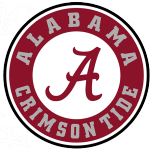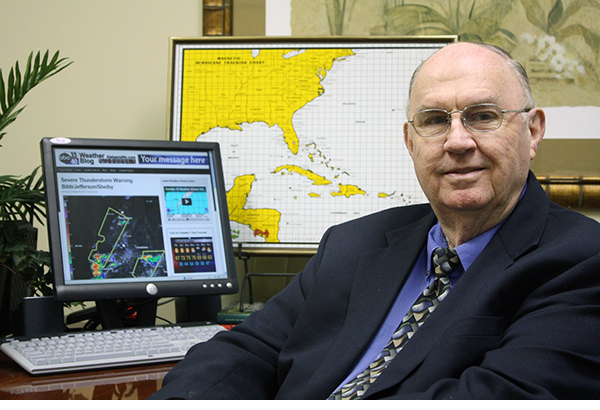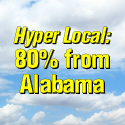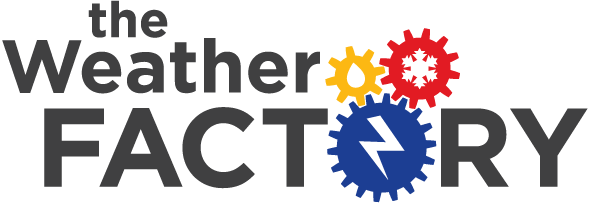Bowl Game Fever!
As expected, a ton of Alabamians will be traveling to Arizona and Florida around New Year’s to see the Tide and Tigers play in their bowl games. Let’s be clear up front, there is no way to make an accurate forecast for a specific location at 20 to 30 days out, but the following is a climatological look at what the weather should be like for the BCS Championship in Glendale for Auburn and the Capital One Bowl in Orlando for Alabama.

The BCS National Championship Game in Glendale, Arizona
#1 Auburn vs. #2 Oregon
Climate information for January 10th at Phoenix International Airport (nearest reporting station to Glendale):
Average High: 68º
Average Low: 41º
Average January Precipitation: 0.75″ (0.03″ on the 10th)
Last January 10th: High of 68º, low of 41º, and no rain.
January 10, 2009: High of 70º, low of 44º, and no rain.
Records for January 10:
High: 81º (1981)
Low: 24º (1919)
A moderate La Niña pattern means Glendale has a 45% to 55% chance of drier-than-normal and warmer-than-normal weather in early January. Southern Arizona’s weather is usually very predictable this time of year, but you can see by the record low of 24º that there is potential for the weather to be just as moody in Arizona as it is here in Alabama. Odds are that the weather will be very nice outside University of Phoenix stadium on January 10th. The weather indoors will be climate-controlled since it is a domed stadium.

The Capital One Bowl, Orlando Florida
#16 Alabama vs. #9 Michigan State
Climate information for January 1st at Orlando International Airport:
Average High: 72º
Average Low: 51º
Average January Precipitation: 2.43″ (0.07″ on the 1st)
Last January 1st: High of 66º, low of 48º, and 0.59″ of rain.
January 1, 2009: High of 70º, low of 59º, and no rain.
Records for January 1:
High: 84º (1991)
Low: 30º (2001)
In can get cold in Orlando! Last year in early January, there were multiple days of highs in the 40s and lows near or below freezing. Based on the same La Niña pattern described for Arizona, Florida gets the same kind of impact. Orlando has a 55% to 65% chance of above-average warmth and below-average rainfall in December and January. Should the current December weather pattern continue through New Year’s Day, Orlando would likely see below normal temperatures. Long-range models do suggest a more La Niña-like jet stream position beginning around Christmas. If that comes to pass, it is likely that Orlando’s weather for Bama’s date with Sparty will look like it did in 2009 with a high in the lower 70s and a low in the 50s with very little if any chance of rain.
Category: Headlines















